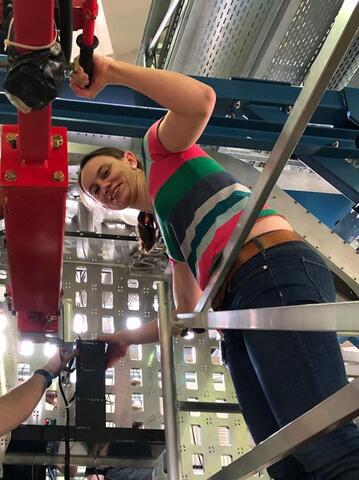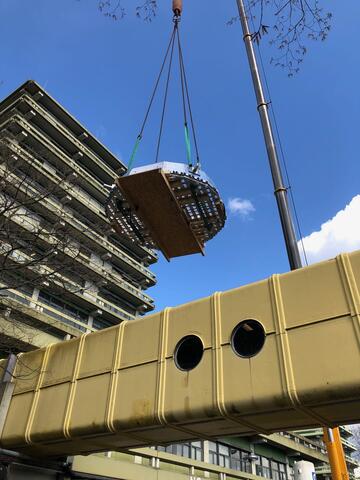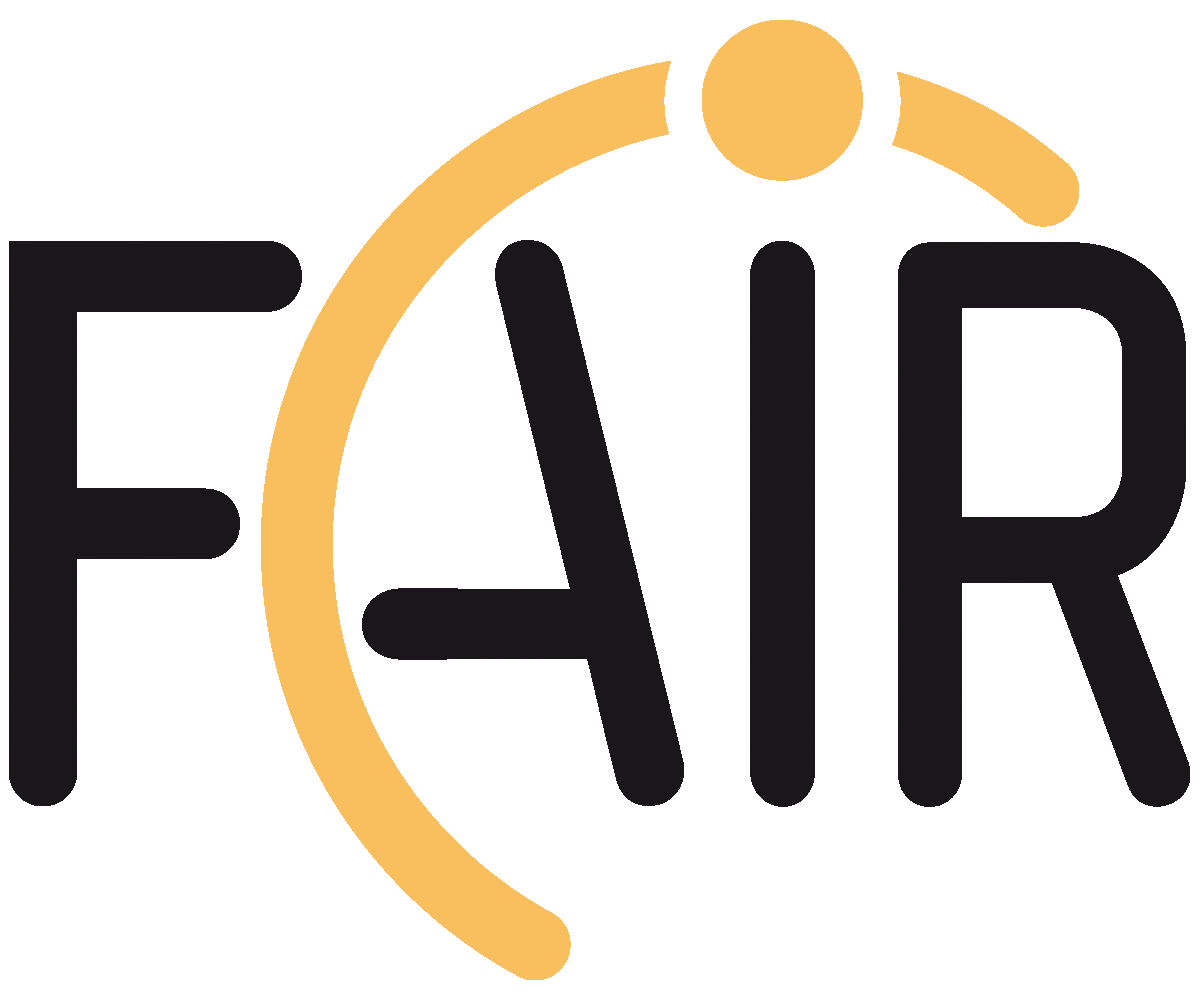Workshop „Physics Opportunities with Proton Beams at SIS100” was held in Wuppertal
PANDA meetings
04/03-08/03 2024 CM 24/1 in Münster
24/06-28/06 2024 CM 24/2 at GSI
25/06-26/06 2024 FEE/DAQ Workshop
04/11-06/11 2024 CM 24/3 at GSI
05/03-07/03 2025 WS at GSI
16/06-20/06 2025 CM 25 in Uppsala
Parallel Algorithms for Online Track Finding for the PANDA Experiment at FAIR
L. Bianchi, A. Herten, J. Ritman, T. Stockmanns
PA-PRO-2017-004.pdf
(503.48 KB)
PANDA is a future hadron and nuclear physics experiment at the FAIR facility in construction in Darmstadt, Germany.
Unlike the majority of current experiments, PANDA's strategy for data acquisition is based on online event reconstruction from free-streaming data, performed in real time entirely by software algorithms using global detector information.
This paper reports on the status of the development of algorithms for the reconstruction of charged particle tracks, targeted towards online data processing applications, designed for execution on data-parallel processors such as GPUs (Graphic Processing Units).
Two parallel algorithms for track finding, derived from the Circle Hough algorithm, are being developed to extend the parallelism to all stages of the algorithm.
The concepts of the algorithms are described, along with preliminary results and considerations about their implementations and performance.
Unlike the majority of current experiments, PANDA's strategy for data acquisition is based on online event reconstruction from free-streaming data, performed in real time entirely by software algorithms using global detector information.
This paper reports on the status of the development of algorithms for the reconstruction of charged particle tracks, targeted towards online data processing applications, designed for execution on data-parallel processors such as GPUs (Graphic Processing Units).
Two parallel algorithms for track finding, derived from the Circle Hough algorithm, are being developed to extend the parallelism to all stages of the algorithm.
The concepts of the algorithms are described, along with preliminary results and considerations about their implementations and performance.





